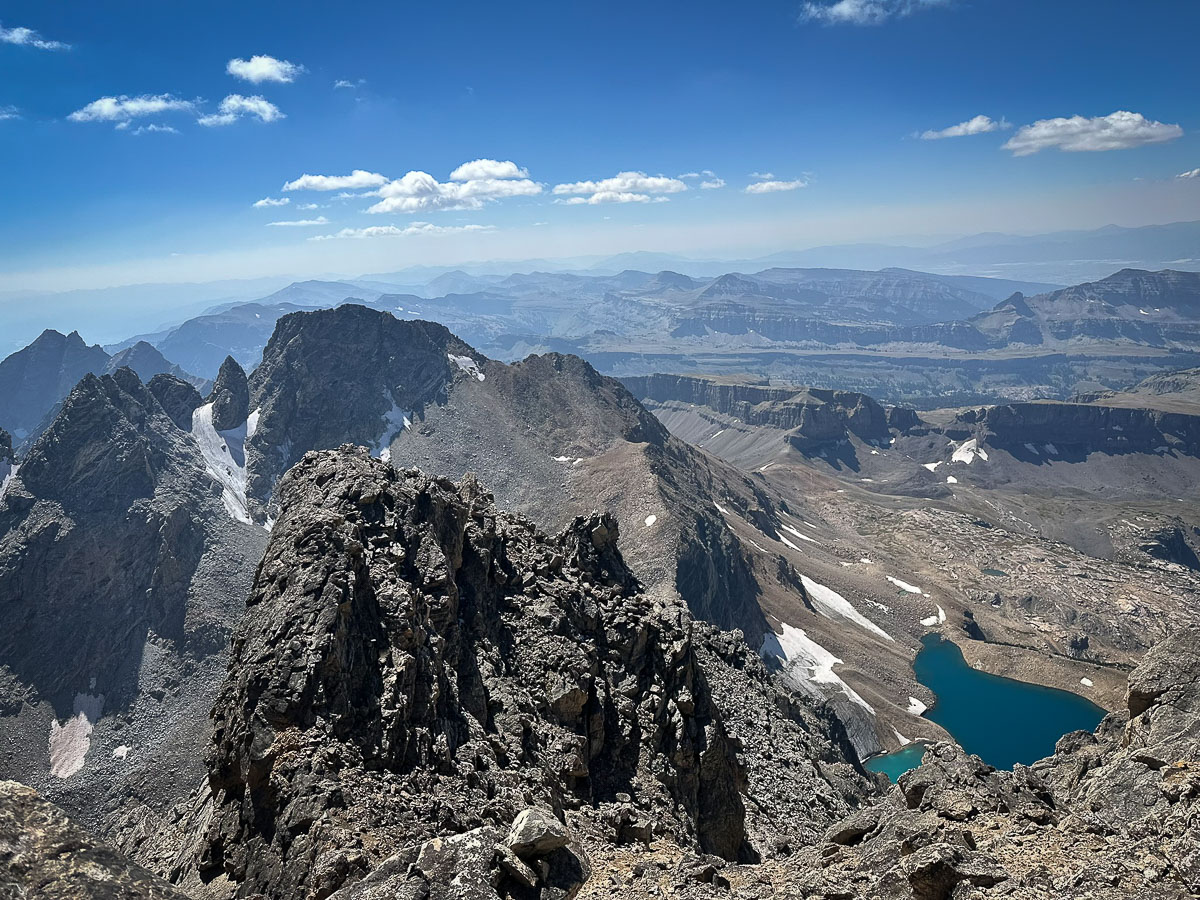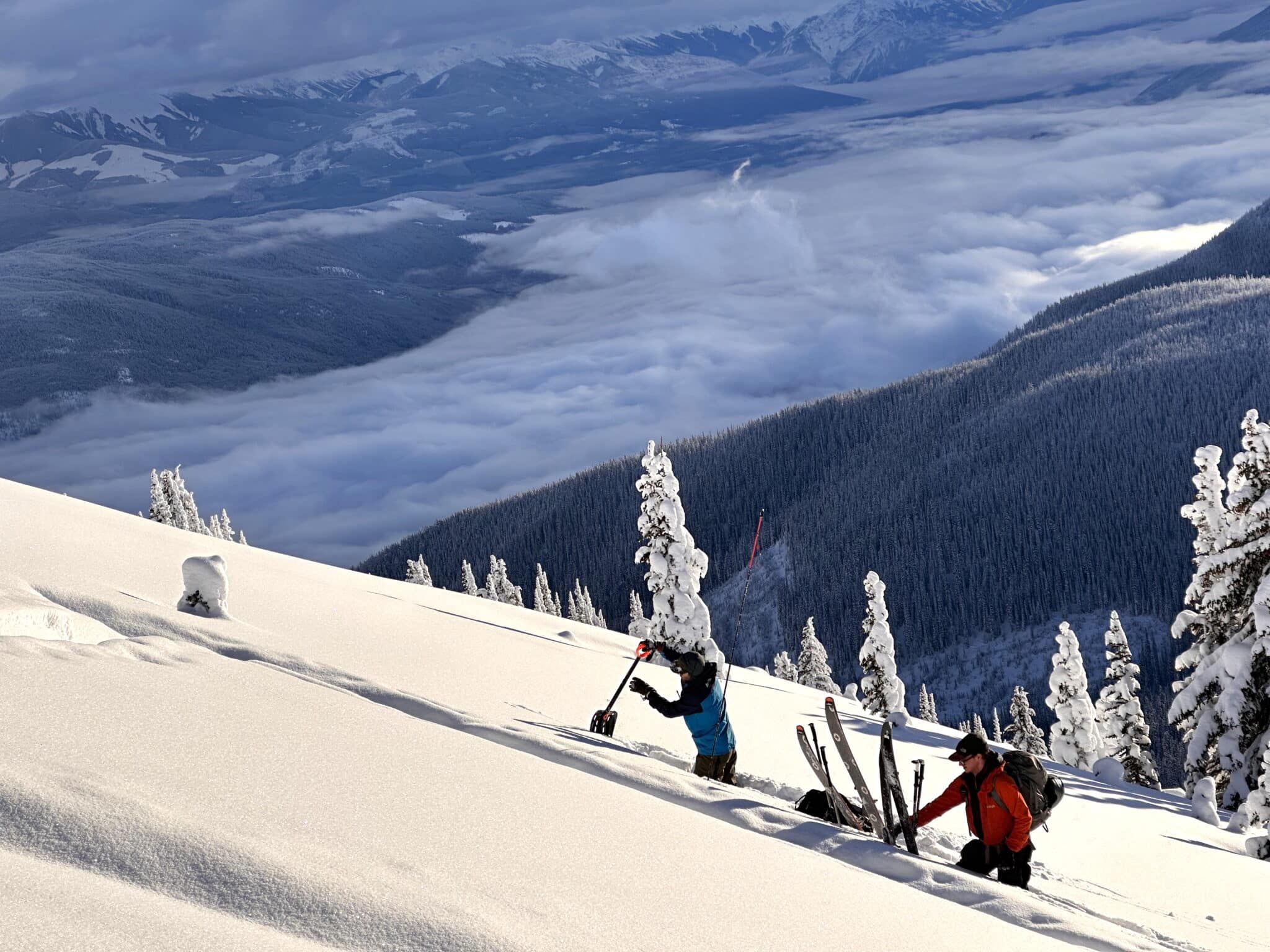If the long game extends until there’s ample enough snow to ski, we’re playing the long game. Before then, we’ll populate the site in the next few months with avalanche avoidance resources.
Our premise is that all of us can brush up on the underlying principles of touring in mountainous terrain where avalanches are a possibility. I made an assessment this summer of some potential weak points in my skill set, and I landed on beacon practice. This is not to say I have other skills that don’t need improving upon.

My goal this fall is to revisit my beacon search skills. And I’ve made a point to ask my usual partners to make the same commitment.
If you are 100% new to ski/ride touring, welcome. Before you enroll in a Level/Rec 1 class, take some time to familiarize yourself with the basics of touring. Learn how to use your gear. Practice applying and removing your skins. If you use tech bindings, practice stepping in and out of the bindings and the nuances of engaging ski/tour mode and different height risers. If you are a splitboarder, know the intricacies of shifting and adjusting your bindings, too. Go out and skin in a safe zone. And be prepared with proper clothing. Nowadays, second-hand sports stores are excellent. Do not show up for a class in jeans.
The point we are making is that you should be comfortable traveling in the backcountry and prepared for inclement weather so you can focus on the avalanche education at hand when taking that first class. Proficient travel skills also allow educators to focus on what they do best: avalanche education.
Let’s pivot back to a good starting point. No snow doesn’t mean we cannot absorb some basics or refresh our memories. (If you plan on taking an in-person, spots in those courses tend to sell out quickly. Sign up.






Leave a Reply
You must be logged in to post a comment.